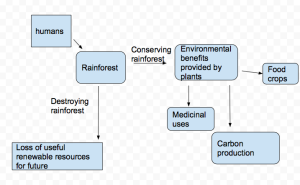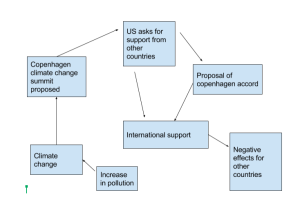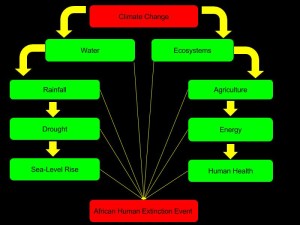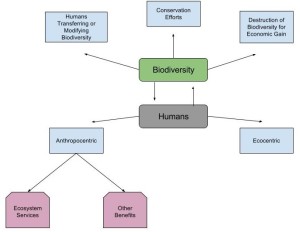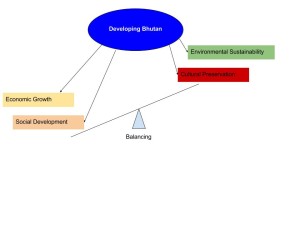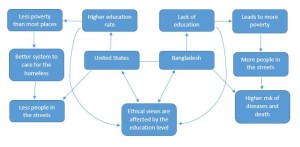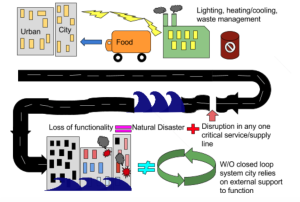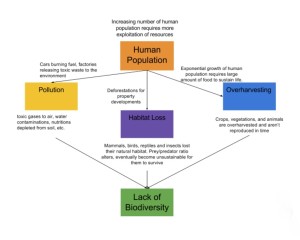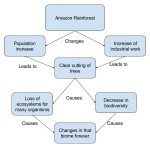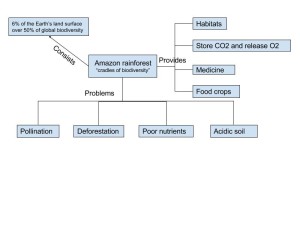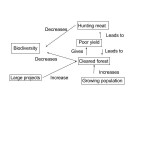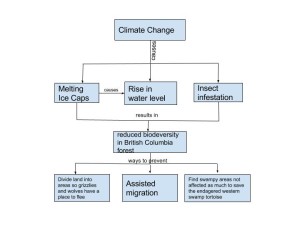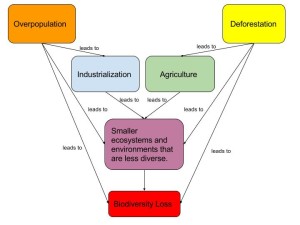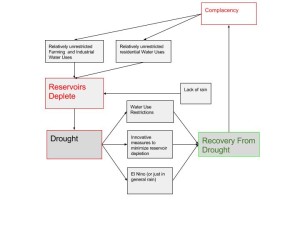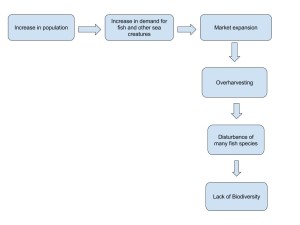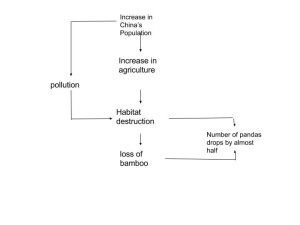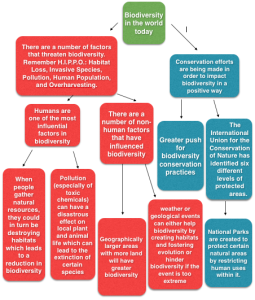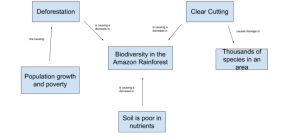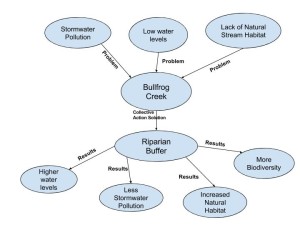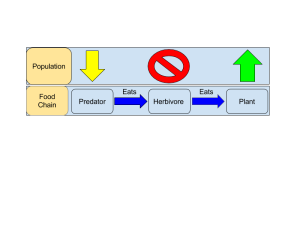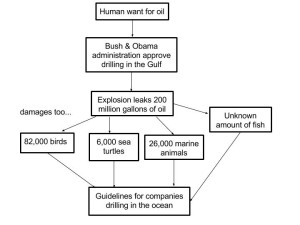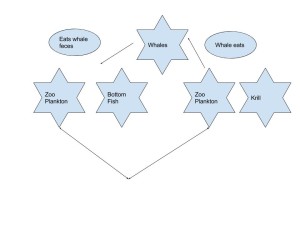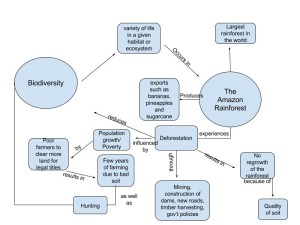For this assignment, you will pick a topic to discuss about a biodiversity problem in the world and create a diagram that explains the reasons behind this issue.
Step 1: pick a topic that relates to biodiversity and explain why it is important to our environment.
The Amazon Rainforest is an example of a biodiversity issue occurring in the world today. This issue is serous because the rainforest is home to over 50% of global diversity. In addition, they help release oxygen to photosynthesis, which is helpful for many plant species. Many useful plants grow in these rainforests, and cutting them down will cause a decrease in these important plants. Clear-cutting and fragmentation are extremely destructive to our needs as humans because this causes us to lose beneficial plants that are useful to our everyday lives.
Step 2: create a diagram that explains the topic of choice
Step 3: explain the diagram you created
The diagram I created explains a few of the many benefits and losses that occur when the rainforests are destroyed. When these rainforests are not being cut down and destroyed, they are providing many benefits that are important to the future well being of humans and the environment. They provide resources and crops, as well as health benefits and medicinal uses. On the other hand, when the rainforest are being destroyed, we are losing all of these crops that grown there, along with fresh air and the benefits that come from many of the plant species that are growing in the forests. It is important to provide an understanding of why these rainforests are so important to humans and the environment and what will happen if they are no longer around to benefit our future.

